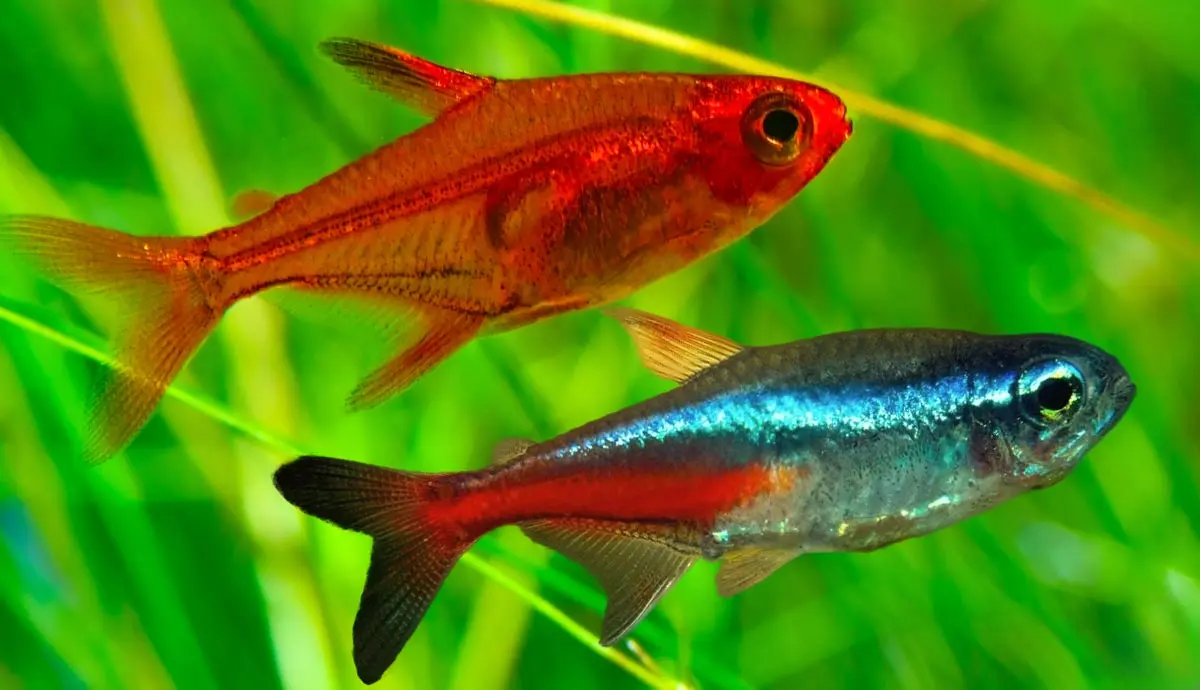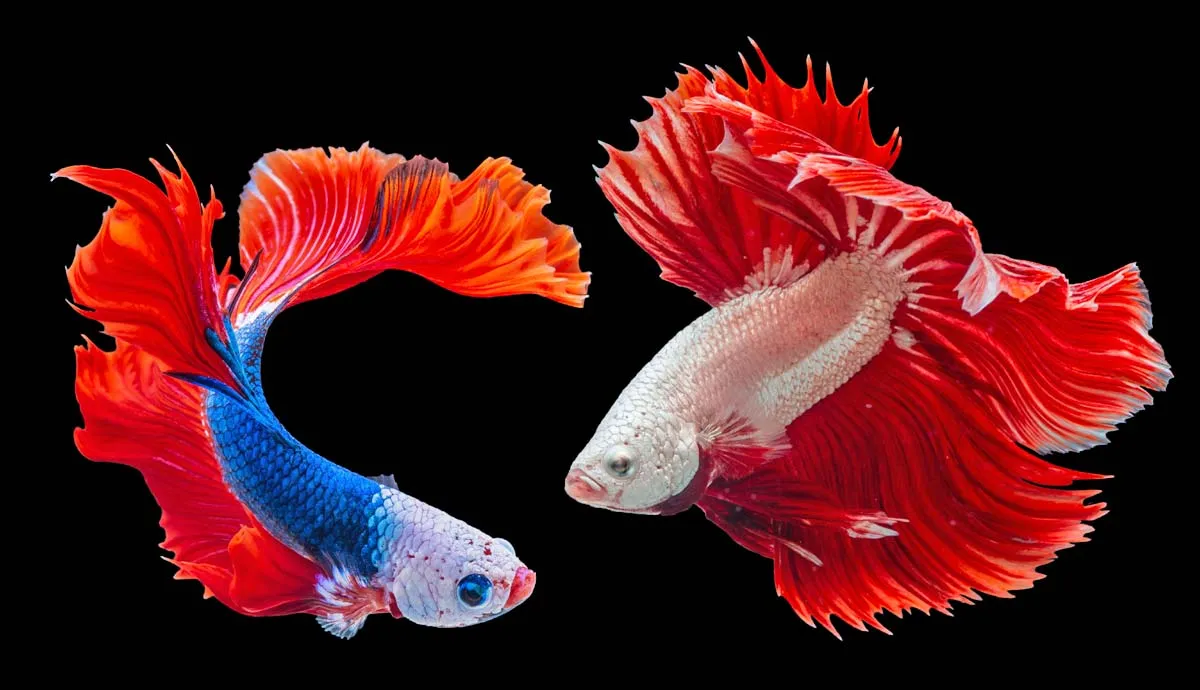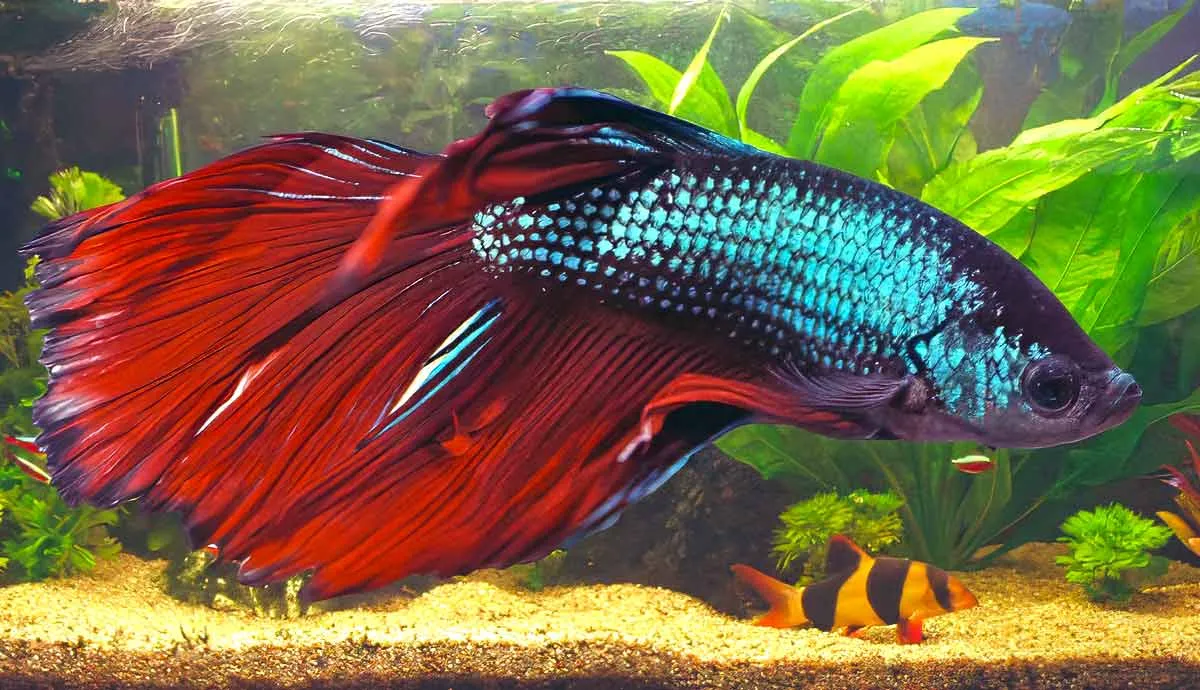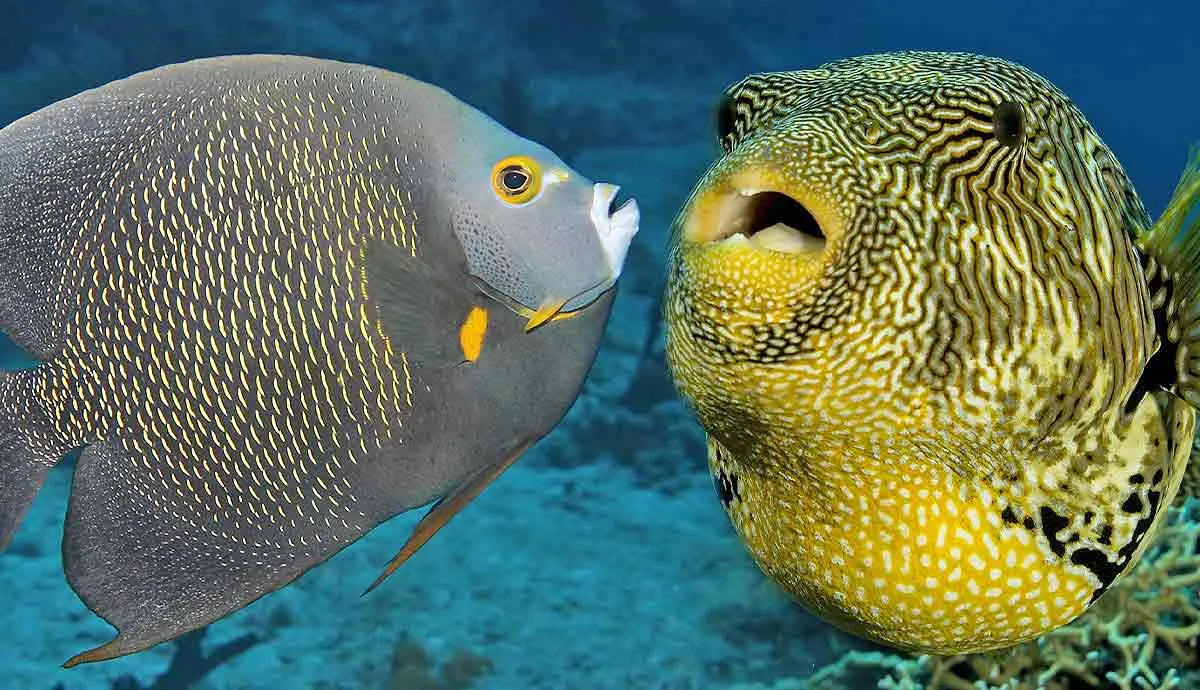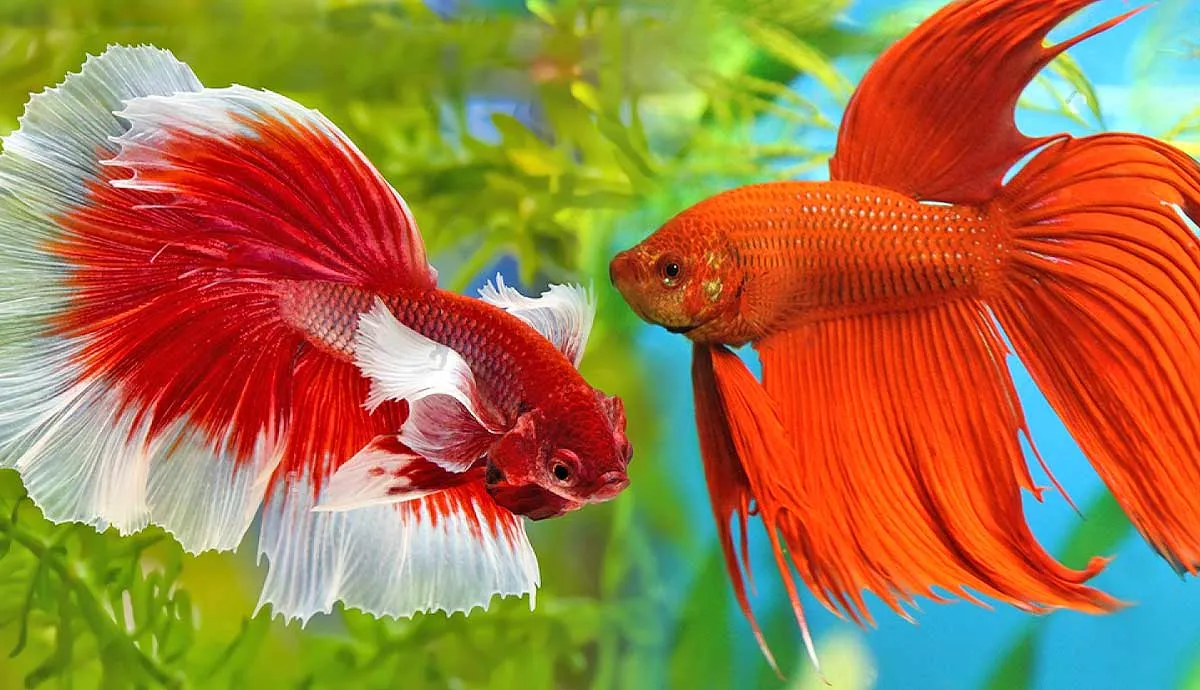Tetras are almost invariably found in just about any freshwater aquarium on the planet. But there are over 150 known species of tetra. How are you supposed to tell two types of tetras apart from each other?
Fortunately, there are some clear physical and anatomical markers you can use to make the identification process easier. Let’s take a closer look at these characteristics and how to quickly spot them!
What Do All Tetras Have in Common?
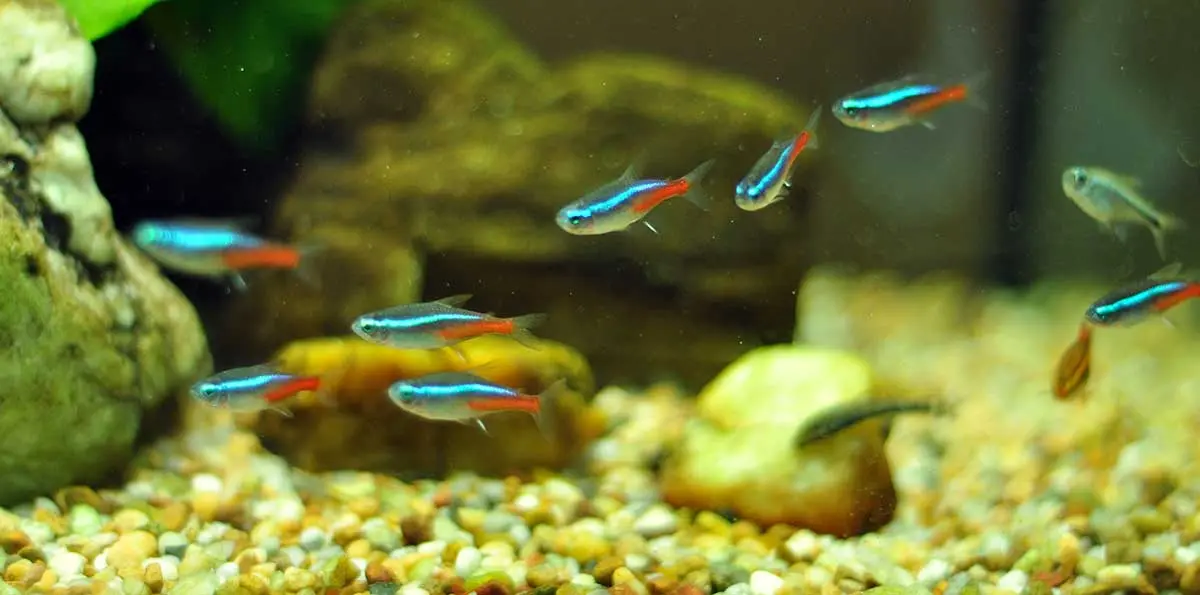
Before you can distinguish between the major tetra subtypes, it’s essential to be able to tell apart a tetra from other, similar fish! Despite substantial differences, there are some common attributes that just about all tetras share.
Features shared among the various types of tetras include:
- Small size (typically less than 2 inches)
- An adipose fin between the caudal and dorsal fins
- Distinct, vibrant colors
- Schooling behavior
- A spindle-like, compressed body structure
- Calm and peaceful temperaments
Having these traits in mind can help you quickly tell if you’re observing a tetra or another, perhaps similar species. Mollies, for example, can be readily distinguished from tetras by their larger size and sometimes aggressive behavior. Similarly, differing traits of guppies include much larger tails, a wider body shape, and brighter coloring.
Characteristics of Cardinal Tetras
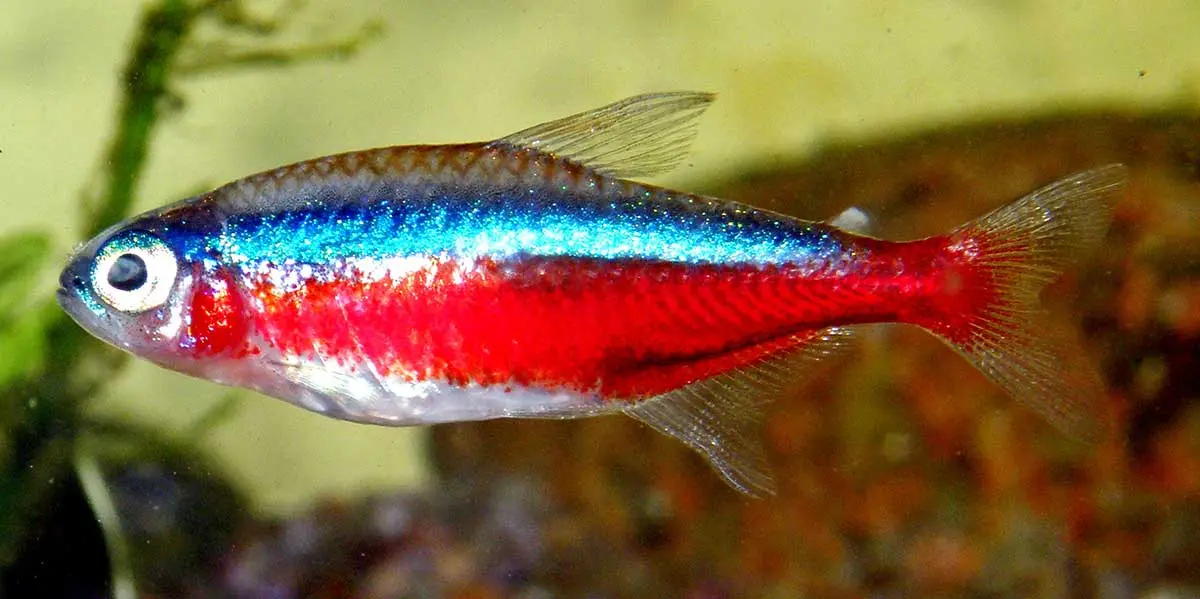
As one of the most common subtypes, cardinal tetras luckily have some characteristics that make them stand out from other tetras. We can basically break down these identifying traits into simple categories: Size and color. When you keep these two factors in mind, you can tell apart cardinal tetras even from highly similar subtypes, such as their neon cousins.
In terms of size, adult cardinals tend to measure at about two inches. Adult neon tetras, in contrast, usually grow to a shorter length of approximately 1.5 inches. As a result, size alone is often enough information to differentiate a cardinal from a neon tetra fish.
But, in cases where you still can’t tell the two apart, there’s an extra trick! Cardinal tetras have a red stripe that extends the entire length of their body, from their eye to their tail. Neons have a similar red stripe, but it only covers half the body, from the area of the dorsal fin down to the tail. Now, this tip does require some pretty close observation, but it can reliably help you tell apart the two species.
Neon vs. Black Neon vs. Green Neon
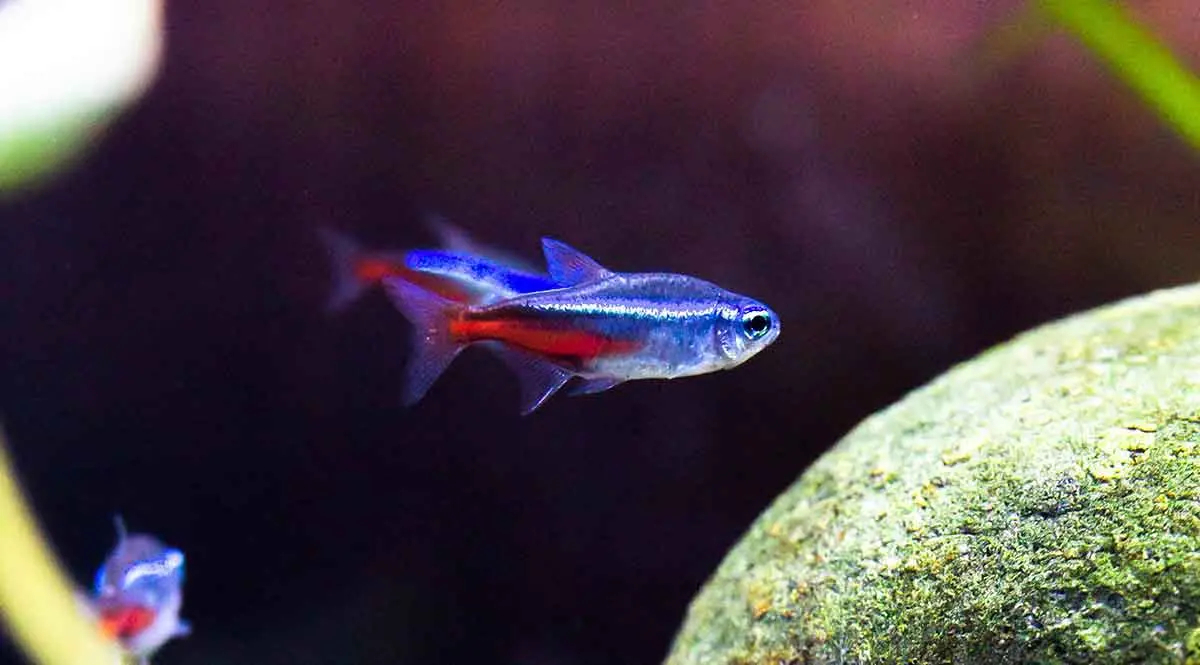
As if the number of tetras out there wasn’t enough, even the names are confusing! What exactly sets a neon tetra apart from a black or green neon tetra? Are the black and green neons subtypes of the common neon? Not to fret; we can break it down and explain the differences.
Above all, neon tetras are distinct from the other two “neon” types by their blue and red stripes. Notably, these colors actually shift in the light. When in the dark, neons appear to have an indigo stripe. However, as soon as the tetra moves into a lighter spot, the stripe turns a greenish-blue hue.
Knowing this information, identifying black neon or green neon tetras becomes a whole lot easier. Black neon tetras (despite actually originating from a different genus!) look quite similar to an ordinary neon tetra…if you ignore the stripes. The black neon’s stripes are white and black, a far cry from the blue and red of the common neon.
Likewise, green neon tetras differ from common neons by their blue stripe. Surprisingly, the green neon’s blue stripe actually glows and frequently (and unpredictably) changes hues. This makes green neons just as visually stunning as some of the other colorful fish species you’ll find.
What Is an Ember Tetra?
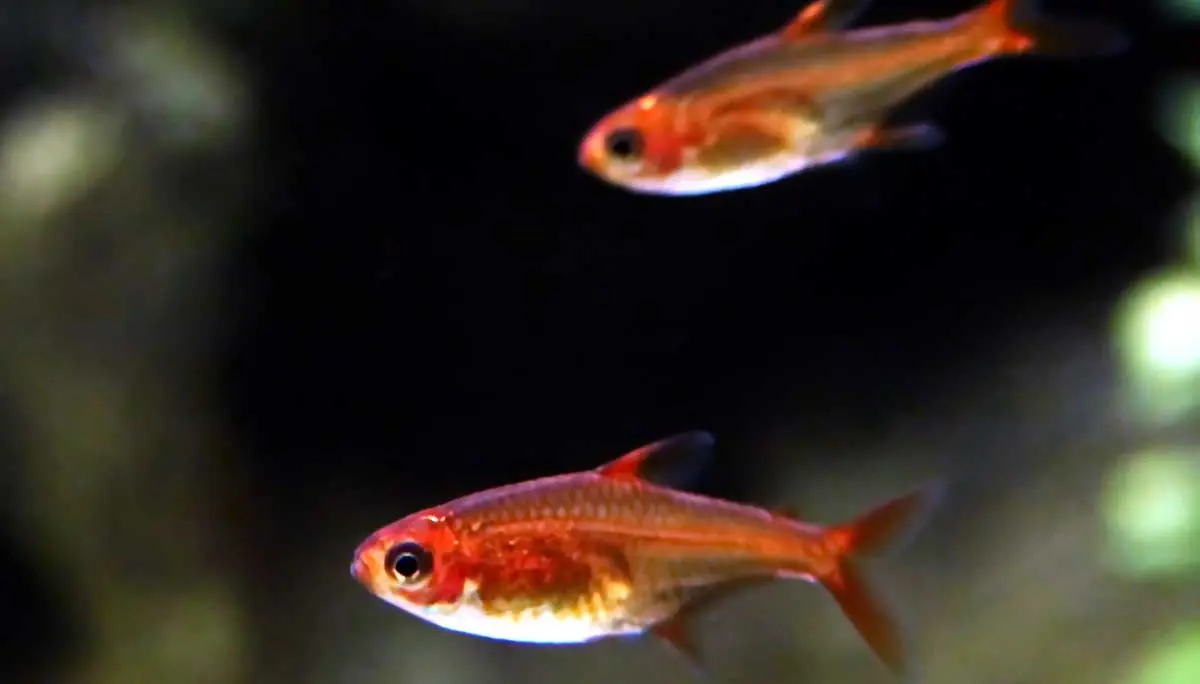
Though not as popular of a choice as neon or cardinal tetras, no one should write off the ember tetra. This type of tetra has a number of immediately identifiable characteristics that set it apart from other tetra species and make it a compelling choice.
One of the first things most owners notice about ember tetras is their tiny size. All tetras are quite small, but embers take it to the next level, measuring at an average length of only 0.8 inches. Other physical markers that the ember tetra displays include its red and orange coloring, along with a translucent appearance.
On a behavioral level, embers are highly comparable to other tetras. They prefer to swim in large schools and are highly outgoing. Their gregarious nature actually calls to mind easygoing, friendly mollies who share a similar social temperament.
Identifying Glowlight Tetras
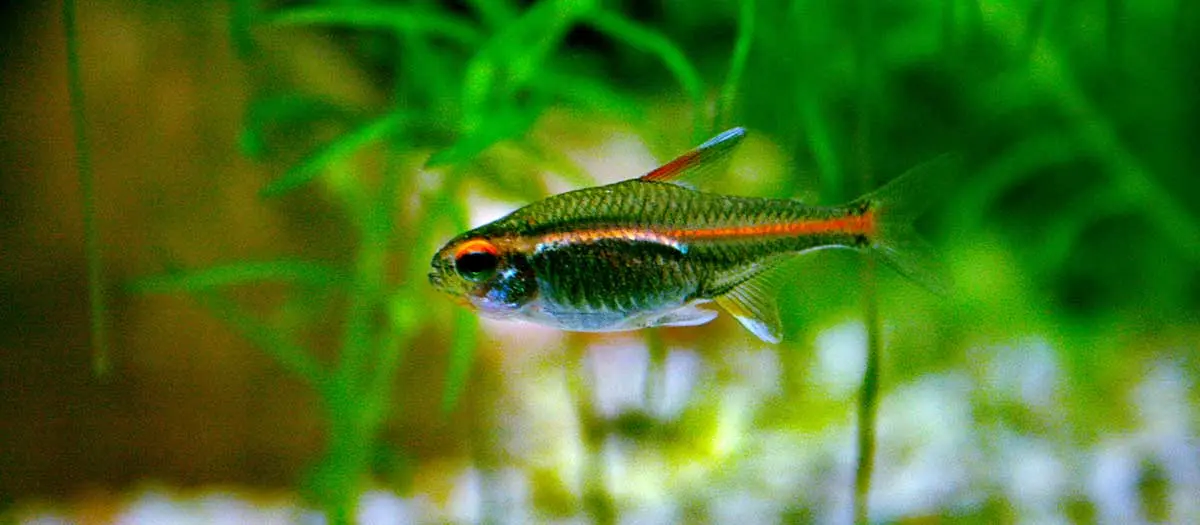
Unlike other subtypes, glowlight tetras are generally incredibly easy to identify as a species. This is on account of their iconic brightly glowing stripe. Consisting of a reddish-gold hue, this stripe, as the name suggests, lights up brightly in an iridescent fashion. The stripe also conveniently divides the glowlight tetra’s upper and lower body in half.
Besides its namesake, the glowlight offers some additional identifiers. These fish sport a silvery body color. Their dorsal fin, on the other hand, shares the same red color as the glowlight’s glowing stripe.
As with most tetra species, glowlights are quite docile. This makes them an appropriate tankmate for other friendly fish species. They’ll likely get along especially well with other tetra species, though they’ve been known to do just fine even with more aggressive species like the territorial betta fish.
